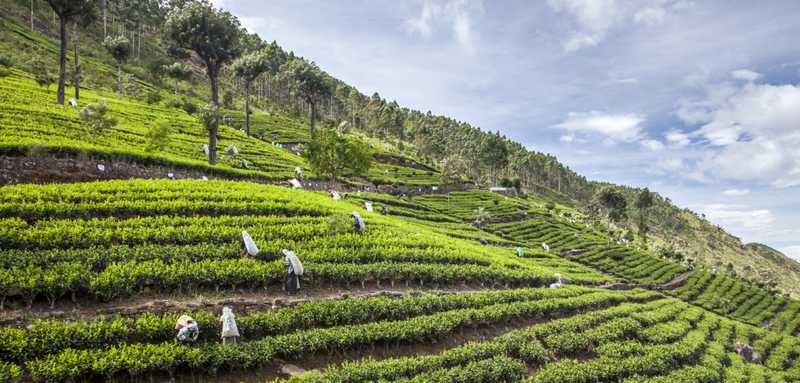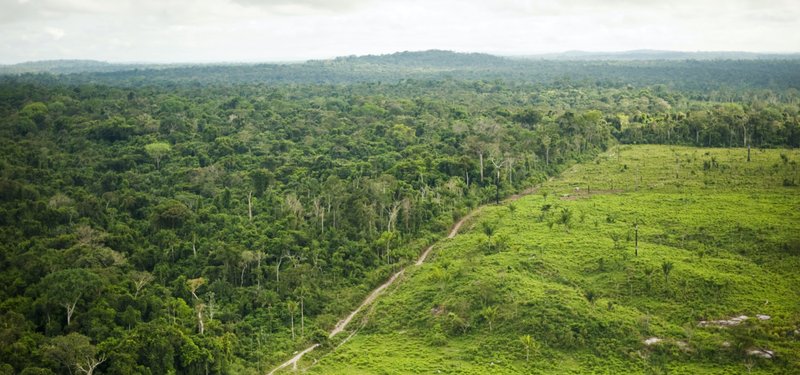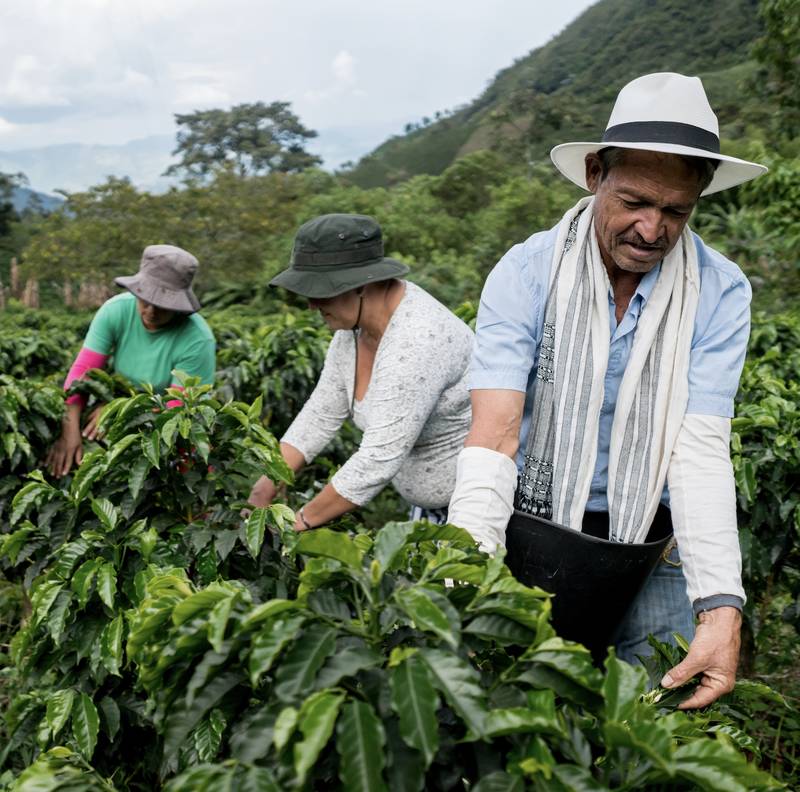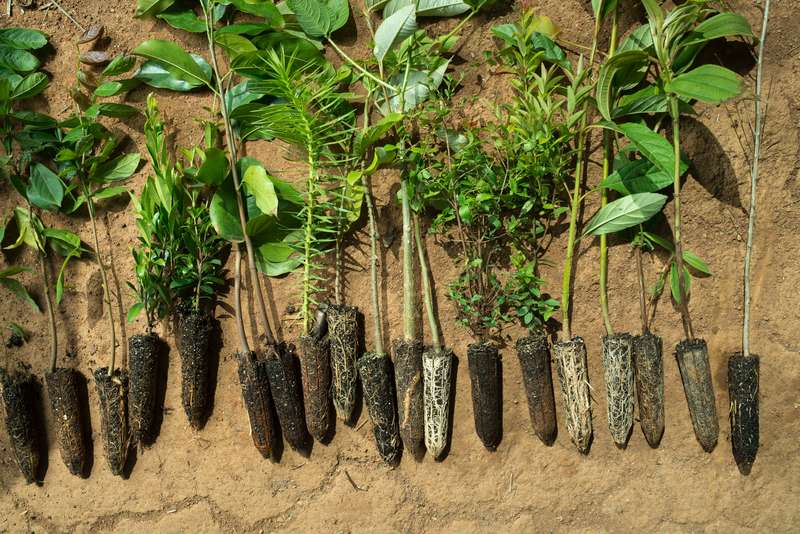
Forest Industry
Forest-based industries employ tens of millions of people and contribute an estimated $450 billion to annual national incomes globally— including more than $250 billion per year to economies in developing countries. Investing in science- based reforestation strategies and sustainable forest management can help ensure the long-term economic viability of forest industries in both the developed and developing world.
Headline Statistics
Forest industries contribute an estimated $450 billion to annual national incomes globally and more than $250 billion per year to developing country economies.
Commercial activities related to the production of forest products provide employment for more than 50 million people and almost 30 million forest owners benefit from economic activities in the sector.
The total number of people employed in the formal forestry sector is around 13 million, but those employed in the informal sector total 45 to 50 million.
Forest economy
- In 2013, the United Nations Forum on Forests found that forest industries contribute an estimated $450 billion to annual national incomes globally and more than $250 billion per year to developing country economies.[1]
- The total number of people employed in the formal forestry sector is around 13 million, but those employed in the informal sector total 45 to 50 million.[2]
- The FAO has estimated that the timber, pulp and paper sectors account for $247 billion in global trade exports.[3]
- Demand for sustainable wood is set to double or even triple through to 2050.[4] Of the over 80,000 tree species, less than 1% have been studied for potential use.[5]
- As timber extraction is expected to increase, researchers have shown how Reduced Impact Logging for Climate (RIL-C) techniques can reduce emissions in logged tropical forests by as much as half. Techniques such as reduced wood waste, low-impact extraction and the use of narrow roads can prevent 834 million tons of CO2 from entering the atmosphere.[6]
- Presently, the FAO estimates that commercial activities related to the production of forest products
provide employment for over 50 million people and almost 30 million forest owners benefit from economic activities in the sector.[7] In 2015, it was estimated that about 1.6 billion people of the world depend on forests for their living.[8] - Forests provide a range of other products that can be used as food (including wild fruits and nuts), source material for medicines (such as the cancer treatment drug Taxol), dietary supplements (such as ginseng), traditional arts and crafts, landscape products (such as wood chips and pine needles for mulch and bedding), and more. The estimated economic value of non-timber forest products was around $88 billion in 2011.[9]
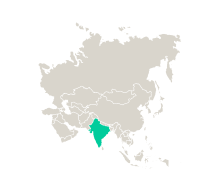
Asia
India
In forest villages, about 300 million local people depend on forest for their subsistence and livelihood and about 70% of India’s rural population depends on fuelwood to meet domestic energy needs. For about 100 million of these people, forests are the main source for livelihood and cash income—from fuelwood, non-timber forest products or construction materials.[10]
More than half of India’s more than 100 million tribal people (8.6% of India’ population) reside in forests and are dependent on them for survival.[11]
About 170,000 villages, equal to about 27% of India’s villages, are in proximity of forests (forest fringe villages). Forests play an important role in the socio-economic and cultural lives of people in these villages.[12]
In India, while forest ecosystems contribute only 7% to national GDP, they contribute 57% of rural Indian communities’ livelihoods.[13]
Forest-based enterprises provide up to 50% of income for 20-30% of labour in India.[14] Timber and non-timber forest products provide direct employment of 350 million-man days. Bamboo contributes to the subsistence needs of more than 2.5 billion people, providing livelihood to tribal and forest dwellers. The livelihood of about 2 million traditional artisans in India depends on harvesting, processing and selling bamboo products.[15]
Given that three-quarters of moderately and extremely poor people live in rural areas in India, the loss of natural assets and ecosystem services has a profound effect on global poverty and development.[16]
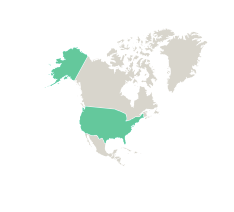
North America
United States
In the US, working forests support more than 2.4 million jobs and contribute $115 billion towards GDP.[17]
Harvesting timber generates $200 billion of economic activity each year and directly supports one million jobs.[18]
Since 1990, the Forest Legacy Program (FLP) has helped conserve over 1.2 million acres of forest and generated more than $34 million in recreation expenditures in Maine, New Hampshire, Vermont, and New York. These protected working lands employ over 2,500 workers in the recreation, timber, and syrup industries, generating in excess of $495 million in economic output.[19]
In the Midwest, the FLP has helped conserve almost 274,000 acres in northern Wisconsin and the Upper Peninsula of Michigan, and thousands more in Michigan’s lower peninsula. These protected working lands employ 553 workers in the recreation and timber industries generating more than $145 million in economic output.[20]
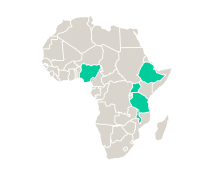
Africa
Across Ethiopia, Malawi, Nigeria, Tanzania, and Uganda, tree products provide 6% of total annual income for all rural households and 17% for households that specifically cultivate trees.[21]
Resources
[1] UN Forum on Forests, Economic Contribution of Forests (2013)
[2] UN Forum on Forests, Forests, inclusive and sustainable economic growth and employment (2019)
[3] FAO, Food and agriculture data
[4] The Nature Conservancy, Lands of Opportunity (2017)
[5] UN Forum on Forests, Forest Ecosystem Services (2018)
[6] Ellis et al, Reduced-impact logging for climate change mitigation (RIL-C) can halve selective logging emissions from tropical forests (2019)
[7] FAO, Sustainable Forestry for Food Security and Nutrition
[8] FAO, Forests and poverty reduction (2015)
[9] The Global Commission on the Economy and Climate, The New Climate Economy: Better Growth Better Climate(2014)
[10] FAO, Forest, People and Livelihoods: The Need For Participatory Management
[11] Indian Ministry of Tribal Affairs, Guidelines for Mechanism for Marketing of Minor Forest Produce (MFP) Through Minimum Support Price (MSP) & Development of Value Chain for MFP (2019)
[12] India Forestry Service, State of the Forest Report 2019 (2019
[13] World Economic Forum, Nature loss is eating away at our food supply and diversity (2020
[14] FAO, Increased development of non-timber forest products in India: Some issues and concerns (1995)
[15] India Forestry Service, State of the Forest Report 2019 (2019
[16] World Economic Forum, 2020, Nature Risk Rising (2020)
[17] National Association of Forest Owners, Economic Value
[18] US Forest Service, US Forest Resource Facts and Historical Trends (2012)
[19] US Forest Service, Forest Legacy
[20] US Forest Service, Forest Legacy
[21] UNDP Internal Research
